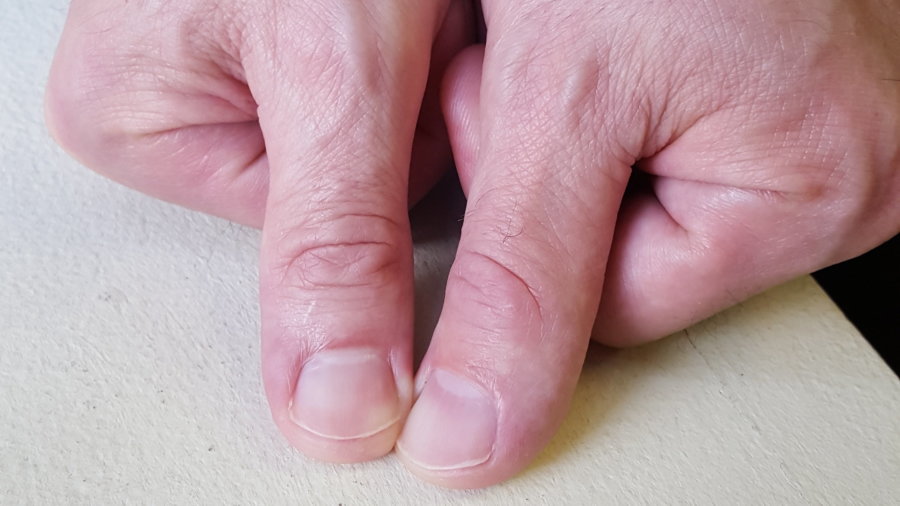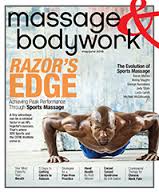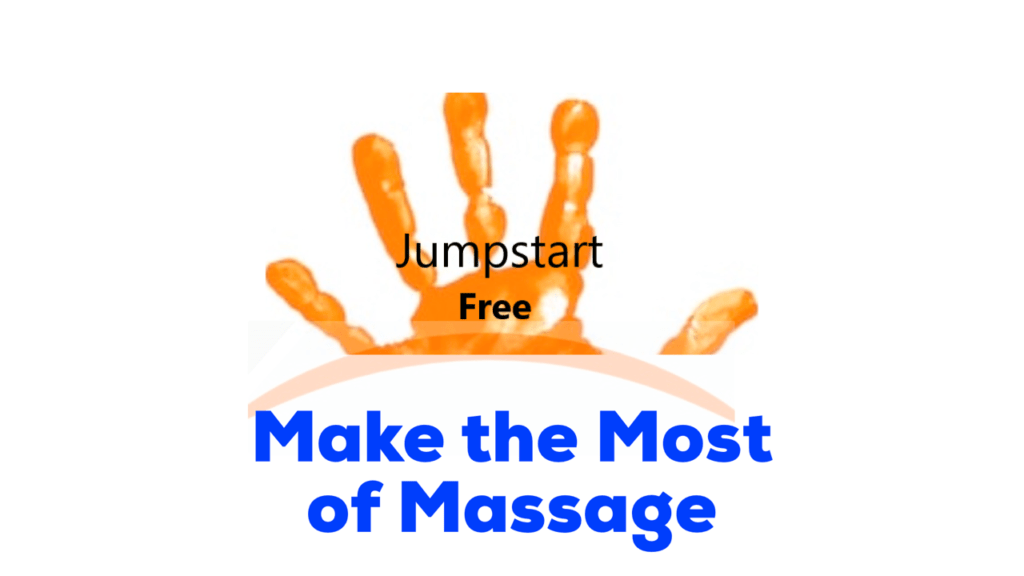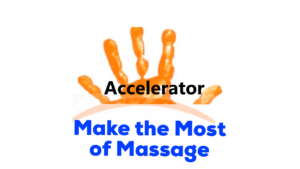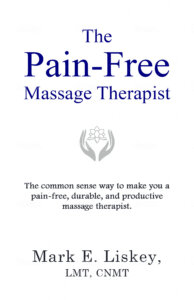I stunk at palpation in massage school. All my classmates found the tight spot on the massage model right away. When it was my turn, if I didn’t find the tight spot by the third pass, I would pretend that I did.
My palpation skills did improve over time (hallelujah!), but they could have improved IMMEDIATELY if someone had explained to me the key to finding the most important tight and/or pain spots (the ones your client wants you to address).
The key is to pay attention with your eyes and ears.
The MT Measure
It makes sense that we, MTs, measure how skillful we are by what we pick up through our hands. But what we pick up through our eyes and ears will allow us to zero in on the tight/pain spots that our clients wants us to address quickly and ensures that we’ll never miss them.
In My (Simple) Secret to Pain Relief Massage I talked about how to find the client’s pain spots before the client is on the table. Now I want to share a detailed example of putting “palpating without palpating” into action.
Ian the Ex-Runner
I didn’t know what to expect when I walked into Ian’s running store. We had made an appointment to talk, but that didn’t mean he was a proponent of massage. It could be that he was just looking for some freebie massages to help keep his customers happy. Fortunately, that wasn’t the case. Ian was waaay into massage.
He asked me questions about the kind of massage I did and he talked about the times he got massaged. Not surprisingly, he had a strong opinion on what made a good MT. To him, a good MT should be able to find problem areas and tight spots by just using her fingers.
I Got This
Immediately I offered to do a free massage on Ian, knowing our future business connection rested entirely on whether I could find his pain spots.
When I went home, I told Lisa, my wife, that I’m going to hit a home run with Ian.
Why was I so confident?
Because, unknowingly, Ian told me the exact location of his pain spot.
Bad Hammy
Ian was once was a competitive runner but at one point he tore his hammy really bad and it took him about a year to get better. After that, anytime he’d try to run a marathon, his hammy would seize up midway through the race.
“It’s like a rock,” he said when I had met him. “You’ll find it.” But he didn’t tell me which leg he had injured.
Hmm…I wanted to make sure that I’d find it. Normally, I would ask the client to show me exactly where the injury is, but if I had asked Ian, I would have lost cred in his eyes. So I began to ask open-ended questions, like “What happens when it seizes up?”
At least two times when Ian was talking about his hammy, he reached down and grabbed his right hammy, midway between his knee and buttock. Now I knew the side and location of his old injury.
Wait…There’s More
I was in a time crunch that day and had to leave his store before we could finish our conversation. But I wrote down important points regarding our conversation in my cell. Then before I was scheduled to work on Ian, I went back to his store to drop off my cards. Ian and I had another conversation.
This time Ian talked about his bad knee, probably compensation from his hammy injury he thought. Again, I probed with open-ended questions, like: When does it bother you the most?
It turns out that the combination of injuries (hammy and knee) made Ian switch from running to cycling. And now his neck and lower back bothered him more than his hammy. As he talked about his current pain spots, he grabbed his neck, the C1 – C3 area.
I updated my notes when I left his store. Unless he had a new issue the day I was going to work on him, my game plan was to work his : 1. Neck, 2. Lower back, 3. Right hamstring.
Batter Up!
With all that information, it was nearly impossible for me to screw up. And on massage day, Ian was amazed that I knew exactly where to go. It wasn’t just a home run. It was an out of the park home run because I had asked open-ended questions, listened and watched.
Palpation Without Palpating Checklist
Most people are not going to test your palpation skills. However, that doesn’t mean a client is going to volunteer all the information that you’ll need in order to find her pain spots. Here’s my checklist for Advanced Palpation Without Palpating:
- Before you drill down with specific questions, ask open-ended questions.
If you ask too specific questions in the very beginning, you may be narrowing your search too soon. That was the case with Ian. After the first meeting I drilled down too fast because I was in a rush and I had assumed that his right hammy was his number one priority. But during the second meeting when I had more time to ask open-ended questions, I found out that his neck and lower back were higher priorities.
- Watch for clues.
Recently a client talked about general shoulder pain, but for whatever reasons, wouldn’t tell me where it was. However, she did reach back to her right levator scapulae attachment and upper rhomboid area. That was the clue I needed and once on the table, I found her pain spot immediately.
- Write things down.
It’s not disingenuous to write down information that a client tells you so that you can incorporate it into your conversations and game plan. In fact, it makes for great therapeutic rapport. If you struggle with therapeutic rapport, check out A Quick Way to Connect with a Client.
- Review notes before you see the person again.
If I hadn’t reviewed my notes before I saw Ian the 2nd time, I wouldn’t have been able to facilitate the conversation to the point where I actually got the order of his pain issues correct.
Tell Me Your Success Stories
There’s no getting around that at some point you’ll need to find the pain spot with your fingers. But through asking open-ended questions (before you drill down with specific questions), listening and watching, you can make it a heck of a lot easier on yourself and be confident that you will find your client’s pain spots.
Need More Help?
Sign up for my email group and get my latest info. It’s free and you can unsubscribe whenever you want:-)
